
Smarter, faster, and verified- modern Proof of Delivery for Advanced Transportation ensures transparency, reduces disputes, and enhances customer experience across logistics operations.
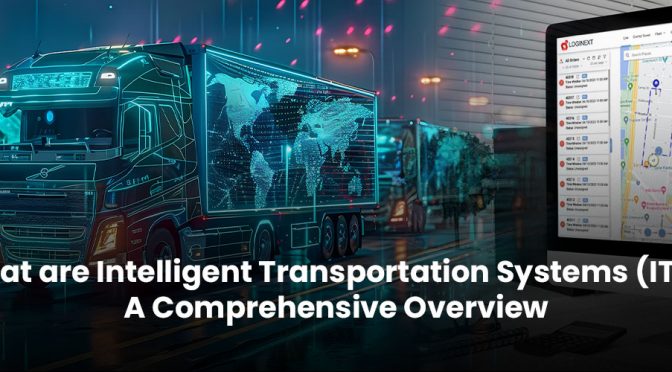
Explore how Intelligent Transportation Systems (ITS) use real-time tech to reduce traffic, boost safety, and power smarter, greener mobility in modern cities.

AI is revolutionizing intelligent transportation systems with real-time traffic management, autonomous vehicles, smart logistics, and eco-friendly urban mobility.
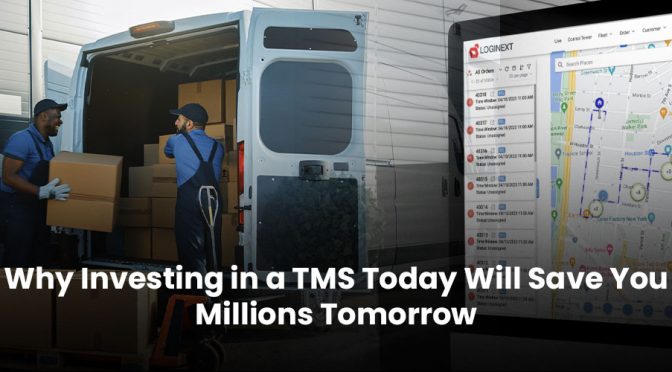
Transportation management software optimizes logistics, cuts costs, and boosts efficiency. Investing in a TMS today ensures long-term savings and business success.

Transportation management software is revolutionizing 3PL logistics by optimizing routes, reducing costs, and improving real-time tracking. Stay ahead with cutting-edge TMS solutions.
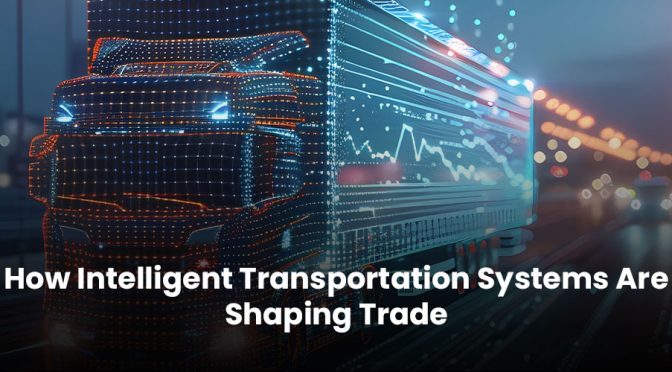
Intelligent Transportation Systems (ITS) revolutionize trade by optimizing supply chains, reducing costs, and enhancing efficiency. Learn how ITS shapes the future of global commerce.
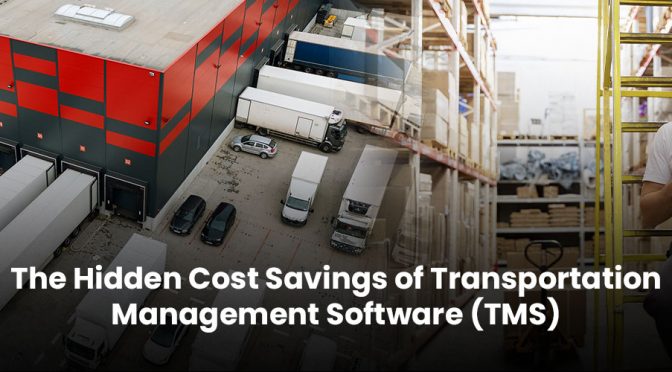
Transportation management software (TMS) helps businesses cut costs by optimizing shipping, automating logistics, and improving fuel efficiency, leading to significant long-term savings.
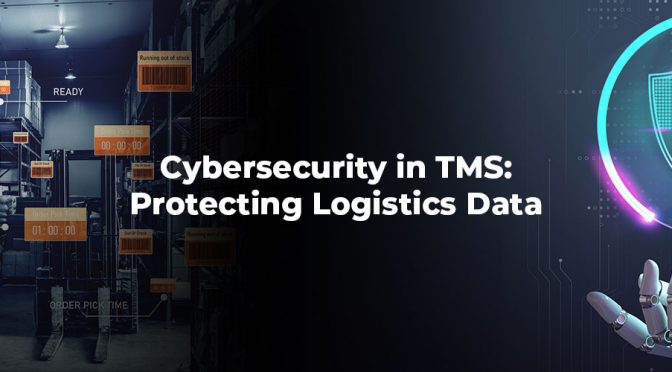
Learn how to safeguard transportation management software (TMS) from cyber threats, including data breaches, ransomware, and insider attacks, to ensure secure logistics operations.
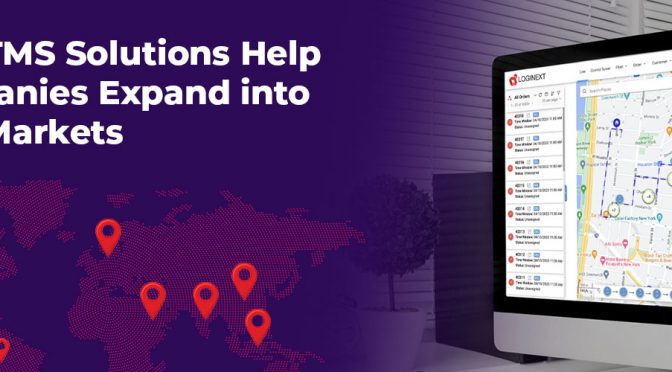
Transportation management software streamlines logistics, optimizes costs, and ensures regulatory compliance, enabling businesses to expand into new markets and achieve sustainable growth.

Generative AI is transforming transportation management by optimizing routes, forecasting demand, and enhancing efficiency. Discover how it drives smarter, sustainable logistics.

